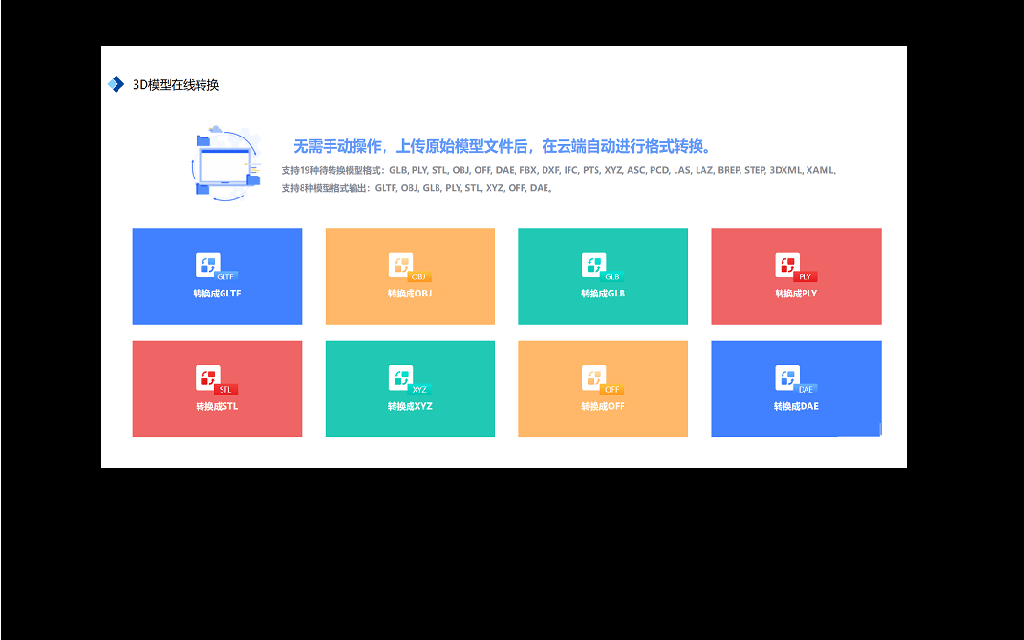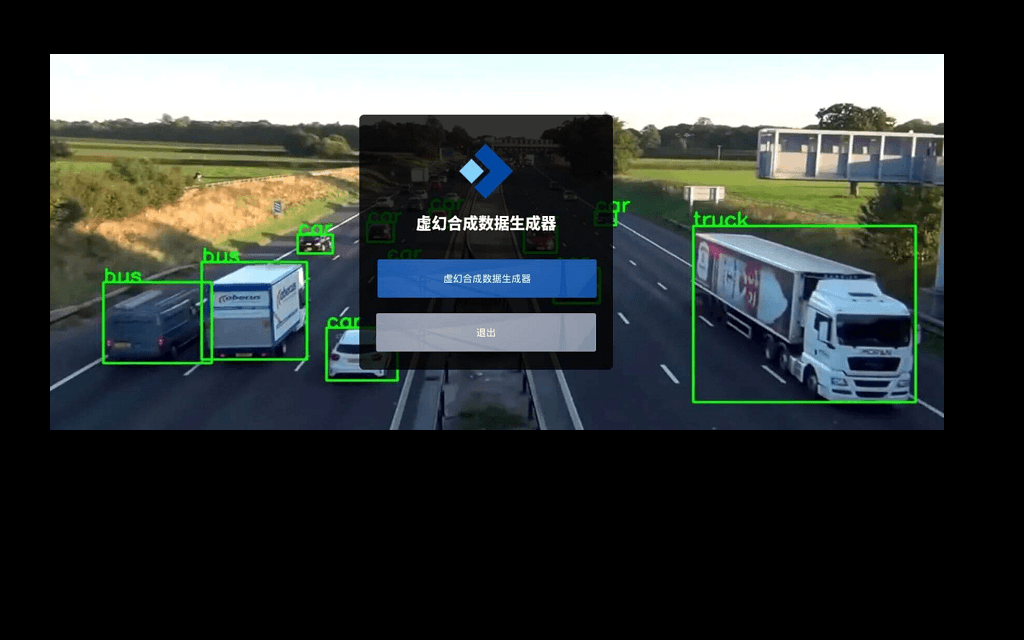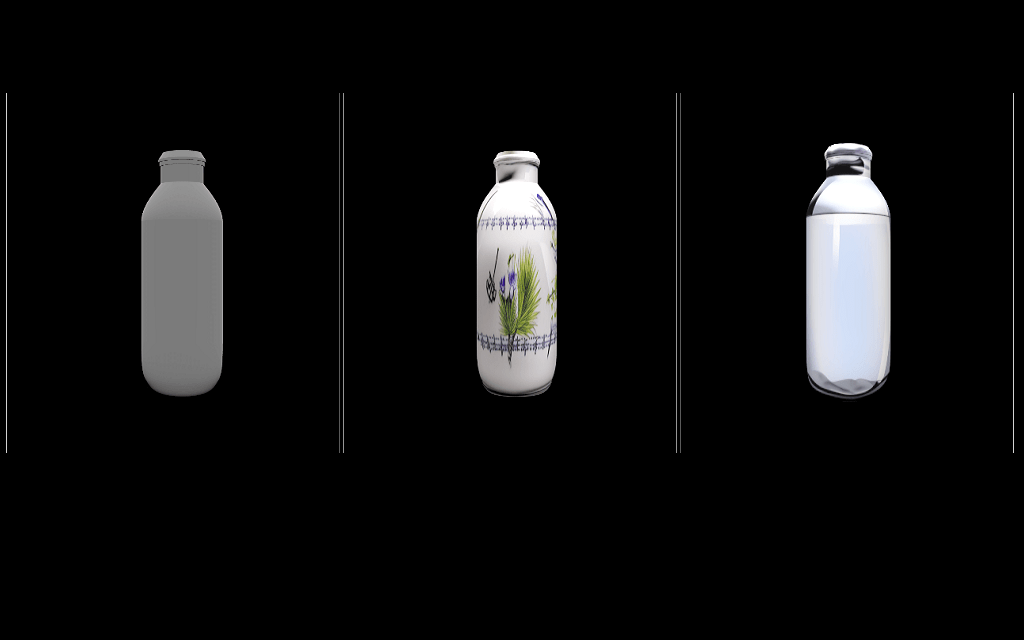albert-small-kor-cross-encoder-v1
- albert-small-kor-v1 모델을 훈련시켜 cross-encoder로 파인튜닝한 모델
- This model was trained using SentenceTransformers Cross-Encoder class.
Training
-
sts(10)-nli(3)-sts(10)-nli(3)-sts(10) 훈련 시킴 (distil 훈련 없음)
-
STS : seed=111,epoch=10, lr=1e-4, eps=1e-6, warm_step=10%, max_seq_len=128, train_batch=128(small 모델=32) (albert 13m/7G) 훈련코드
-
NLI 훈련 : seed=111,epoch=3, lr=3e-5, eps=1e-8, warm_step=10%, max_seq_len=128, train_batch=64, eval_bath=64(albert 2h/7G) 훈련코드
| 모델 | korsts | klue-sts | glue(stsb) | stsb_multi_mt(en) |
|---|---|---|---|---|
| albert-small-kor-cross-encoder-v1 | 0.8455 | 0.8526 | 0.8513 | 0.7976 |
| klue-cross-encoder-v1 | 0.8262 | 0.8833 | 0.8512 | 0.7889 |
| kpf-cross-encoder-v1 | 0.8799 | 0.9133 | 0.8626 | 0.8027 |
Usage and Performance
Pre-trained models can be used like this:
from sentence_transformers import CrossEncoder
model = CrossEncoder('bongsoo/albert-small-kor-cross-encoder-v1')
scores = model.predict([('오늘 날씨가 좋다', '오늘 등산을 한다'), ('오늘 날씨가 흐리다', '오늘 비가 내린다')])
print(scores)
[0.45417202 0.6294121 ]
The model will predict scores for the pairs ('Sentence 1', 'Sentence 2') and ('Sentence 3', 'Sentence 4').
You can use this model also without sentence_transformers and by just using Transformers AutoModel class


